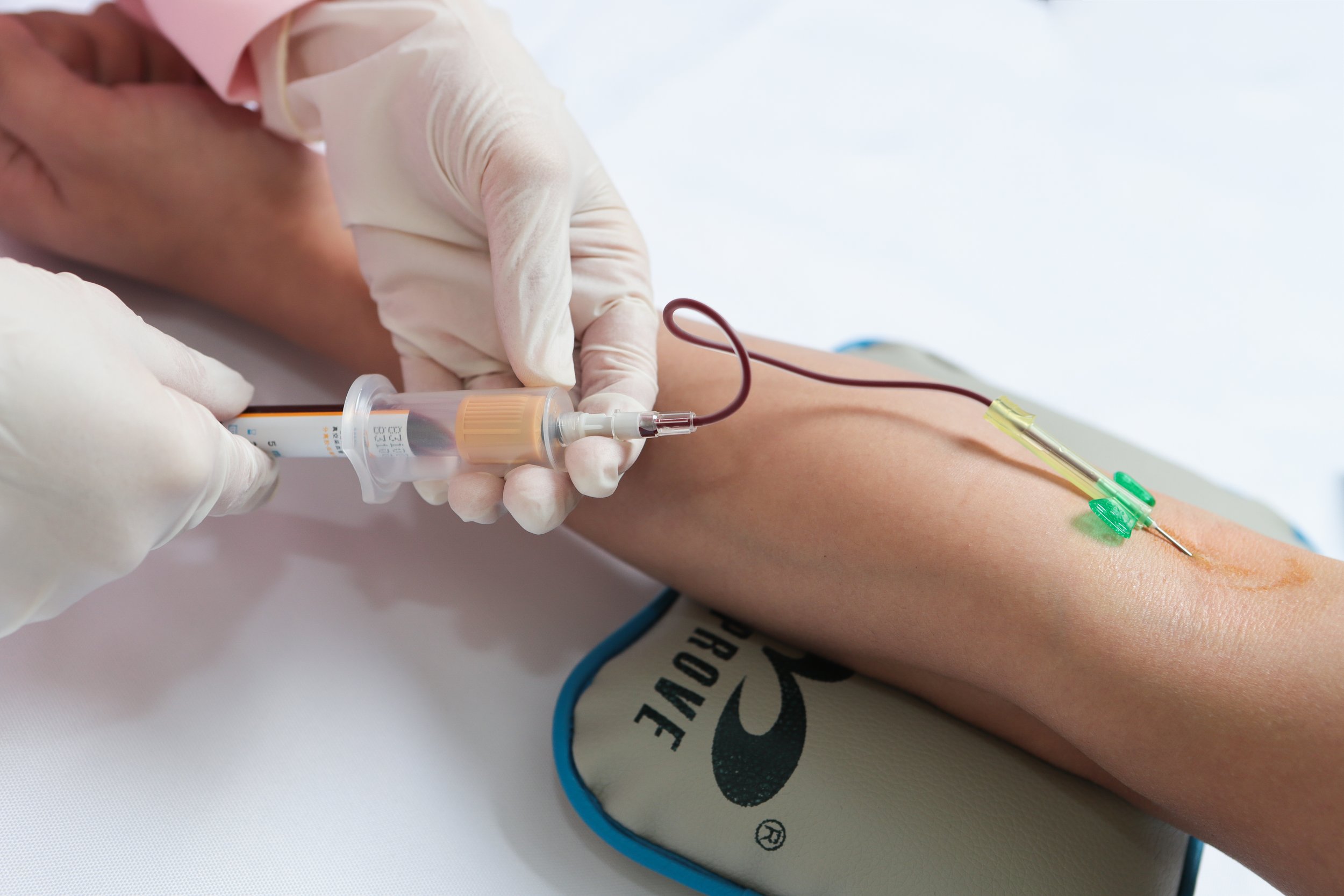Export Opportunities for US Medical Device Manufacturers in China: Navigating Regulations, Market Trends, and Challenges
Summary
- The medical lab and phlebotomy industry in the United States is a crucial component of the healthcare system, providing essential diagnostic services to patients.
- With the growing demand for medical devices in China, there are significant export opportunities for US manufacturers looking to expand their reach and tap into the Chinese market.
- By understanding the regulatory landscape, market trends, and potential challenges, US medical device manufacturers can successfully navigate the complexities of exporting to China.
Introduction
The medical lab and phlebotomy industry play a vital role in the healthcare system, providing healthcare professionals with critical information to diagnose and treat patients. As technology continues to advance, the demand for medical devices is on the rise, creating export opportunities for US manufacturers looking to expand their reach globally.
Export Opportunities in China
Market Demand
China is one of the largest healthcare markets in the world, with a rapidly growing population and an increasing focus on improving healthcare services. As the country continues to invest in healthcare infrastructure and technology, the demand for medical devices is on the rise. US medical device manufacturers can leverage this growing market demand to export their products to China and capitalize on the opportunities available.
Regulatory Landscape
Exporting medical devices to China requires manufacturers to navigate the country's complex regulatory landscape. The China Food and Drug Administration (CFDA) regulates medical devices in China and has specific requirements for registration and approval. US manufacturers must ensure that their products meet CFDA Regulations to successfully export to China.
Market Trends
Understanding market trends in China is crucial for US medical device manufacturers looking to export to the country. With an aging population and a rising prevalence of chronic diseases, there is a growing demand for medical devices that can help diagnose and treat these conditions. By aligning their product offerings with market trends, US manufacturers can meet the needs of Chinese consumers and drive export opportunities.
Challenges
Exporting medical devices to China comes with its challenges, including language barriers, cultural differences, and logistical issues. US manufacturers must be prepared to address these challenges and adapt their business strategies to the Chinese market. By working with local partners and leveraging their expertise, US manufacturers can overcome these obstacles and successfully export to China.
Conclusion
Export opportunities for US medical device manufacturers in China are significant, with a growing demand for medical devices and a market ripe for expansion. By understanding the regulatory landscape, market trends, and potential challenges, US manufacturers can successfully export their products to China and tap into this lucrative market.

Disclaimer: The content provided on this blog is for informational purposes only, reflecting the personal opinions and insights of the author(s) on the topics. The information provided should not be used for diagnosing or treating a health problem or disease, and those seeking personal medical advice should consult with a licensed physician. Always seek the advice of your doctor or other qualified health provider regarding a medical condition. Never disregard professional medical advice or delay in seeking it because of something you have read on this website. If you think you may have a medical emergency, call 911 or go to the nearest emergency room immediately. No physician-patient relationship is created by this web site or its use. No contributors to this web site make any representations, express or implied, with respect to the information provided herein or to its use. While we strive to share accurate and up-to-date information, we cannot guarantee the completeness, reliability, or accuracy of the content. The blog may also include links to external websites and resources for the convenience of our readers. Please note that linking to other sites does not imply endorsement of their content, practices, or services by us. Readers should use their discretion and judgment while exploring any external links and resources mentioned on this blog.
